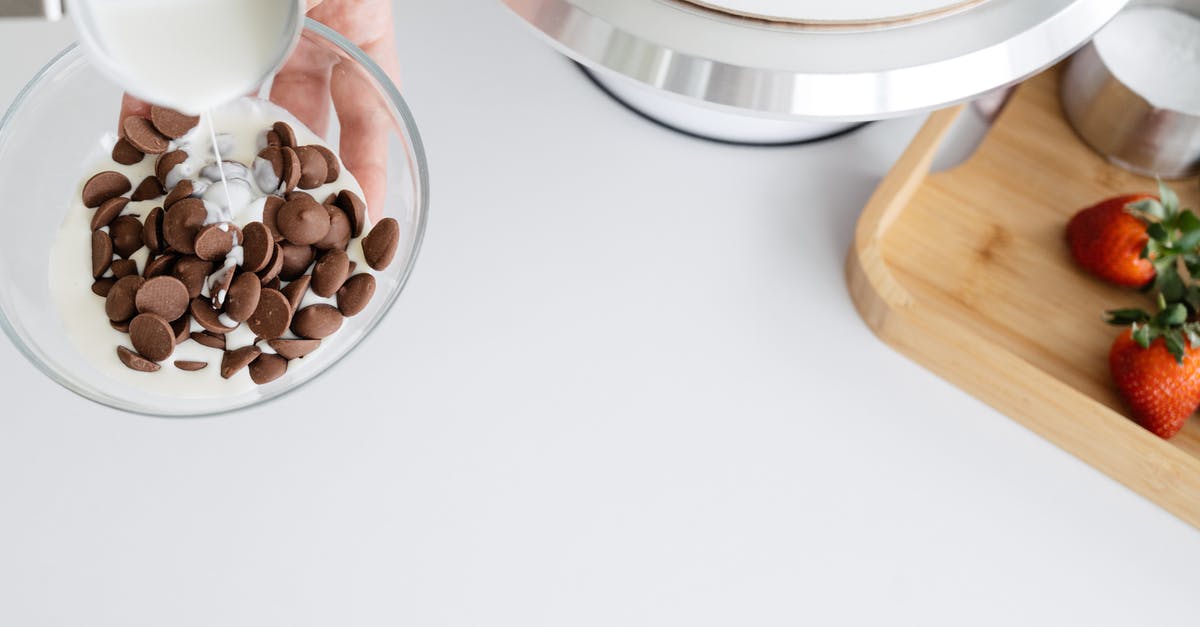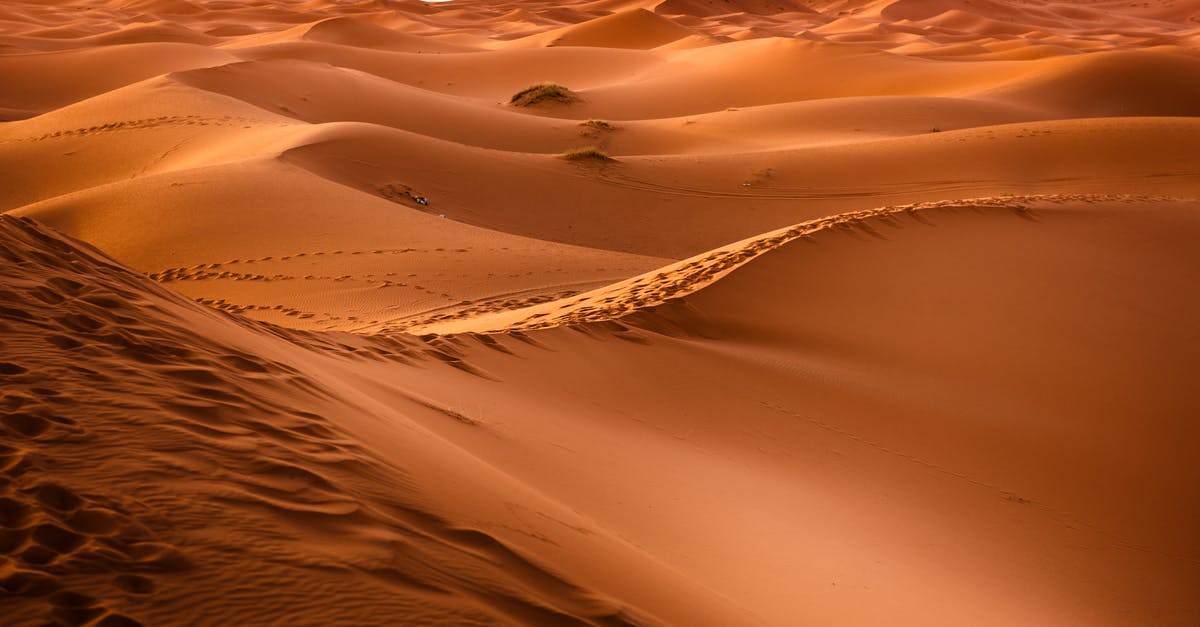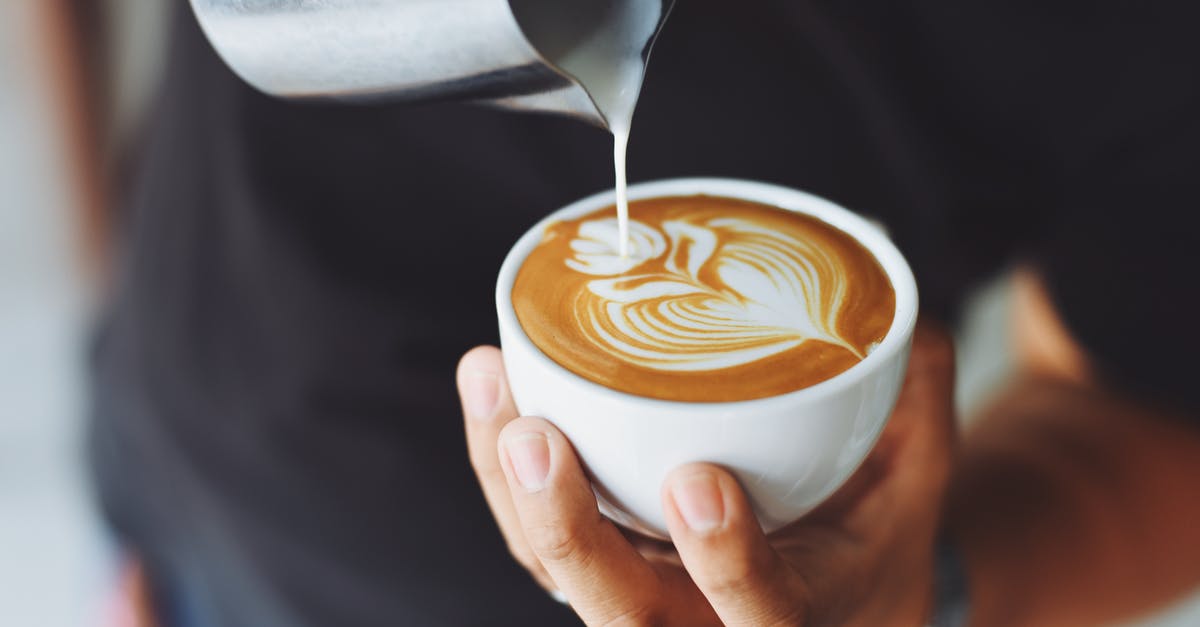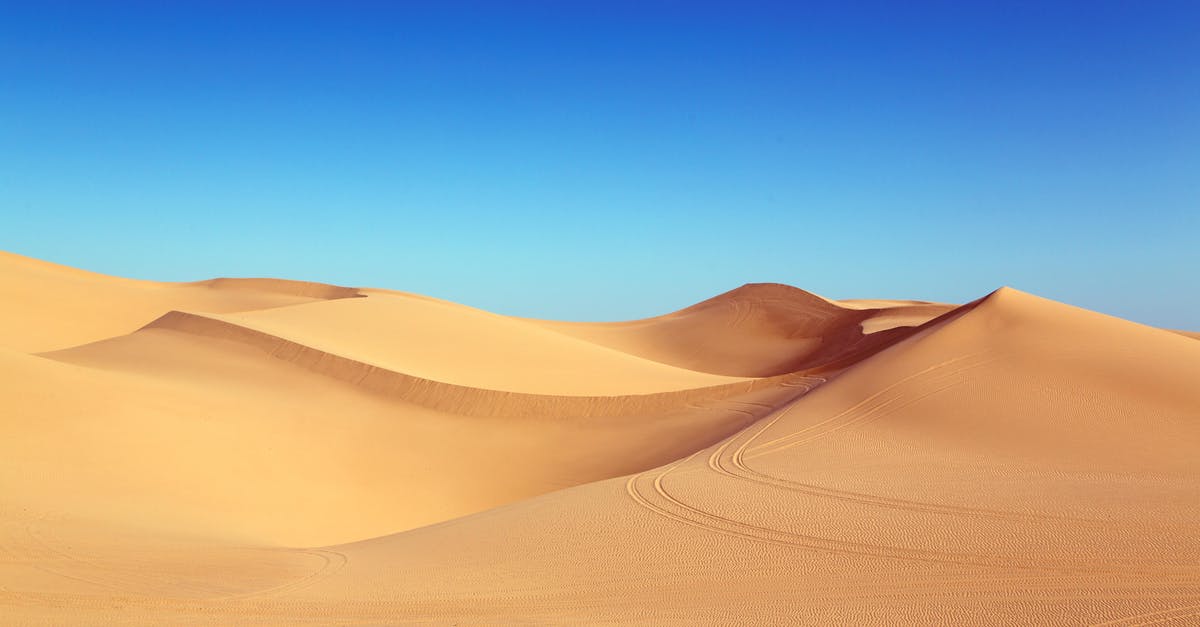Dry caramel 'curdles' when adding hot heavy cream

I was making some caramel sauce today. A simple recipe: 200g sugar (I used demerara), 500g cream (35% fat). I dry caramelized the sugar under medium-low heat, stirring until all lumps dissolved and the caramel was all fluid and a deep amber. At the same time, I heat the cream under low heat until it boiled. I then combined both, slowly pouring the cream over the caramel in the pan (with the heat on low still on) while mixing vigorously with a whisk.
The thing is, at this point, the caramel on the edges of the pan 'curdled' -- and that was before all the cream got added. It didn't crystallize into hard matter, but rather into thick, chewy, paste-like clumps.
I kept it on the heat, stirring and pressing these clumps against the bottom of the pan until they melted back into the sauce, and then added the remaining cream. All the while, the mixture bubbled violently.
This has happened to me before, and I figured it might have been the temperature of the cream. This time I was paying attention, so the cream was definitely hot and I am hence not really sure what the cause could be.
Is this behavior 'normal', and it just takes some stirring under heat until it all comes together?
I remember making caramel sauce in large quantities at a restaurant in a similar fashion: dry caramelizing (granulated) sugar in the pan while stirring, then adding cream. The ratio of sugar to cream was even less (1:1 by weight), but I don't remember these lumps in the pan.
What we did in the occasion was pour part of the cream into the caramel while stirring; the caramel would bubble violently but eventually settle, at which point we'd stir in the rest of the cream.
If this behavior is not normal (as I suspect), what could be causing it or how could I avoid it?
Best Answer
When havy cream is added after caramelizing the sugar, it's done to stop the caramelization process, keeping the desired caramel flavor and preventing the caramel from becoming bitter or even burning (if making caramel for sweets/pastry coating, the caramel is used as is and is cooled by placing the pot/saucepan in a cold water bath).
When adding cream to the caramel, using cold cream will rapidly cool your mixture, keeping the caramel at a temperature more suitable for a sauce, whereas using warm cream will keep the caramel closer to a softball temperature more suitable if you're making soft/chewy caramels, which could cause the edges of the caramel to thicken and start pulling together.
Since you brought the cream the a boil, your caramel probably hit the softball stage while you were stirring the two together. Try warming the cream to a lower temperature; the cooler the cream is, the more your mixture will bubble, but cooler cream will allow for a smoother caramel sauce and a larger margin for error to stay away from the softball stage.
Once you've hit the softball stage, your caramel will not be able to be stirred back into a sauce, you'll just have really soft chewy caramels, or you can heat them longer for harder chewy caramels (I highly recommend a candy thermometer at this point, or if you're particular about the density/chewiness of your soft caramels).
Pictures about "Dry caramel 'curdles' when adding hot heavy cream"



Quick Answer about "Dry caramel 'curdles' when adding hot heavy cream"
Try warming the cream to a lower temperature; the cooler the cream is, the more your mixture will bubble, but cooler cream will allow for a smoother caramel sauce and a larger margin for error to stay away from the softball stage.Why did my caramel sauce curdle?
SARAH SAYS: Occasionally, the caramel mixture will curdle while cooking. This is due to an excess of acid reacting with the milk. To fix this, add in a pinch of baking soda while the mixture is cooking, and prevent it in the future by making sure the mixture boils continuously.Can you fix curdled caramel?
Often, a split caramel can be saved by gently reheating the caramel and stirring continuously. Adding some extra water can also help here to mix everything again before boiling off that extra water one more time. Last but not least, do not heat or cool down the caramel too rapidly.Why does my caramel seize when I add cream?
If your caramel becomes gritty or grainy, the sugar probably crystallized. If the melting sugar splashes up onto the sides of the pan, it quickly loses its moisture content and forms back into crystals. That can set off a chain reaction that can cause caramel to seize up, ruining the entire batch.When adding cream to hot caramel The cream should be added all at once?
Add the cream: Once the butter has melted, take the pan off the heat. Count to three, then slowly add the cream to the pan and continue to whisk to incorporate. Note that when you add the butter and the cream, the mixture will foam up considerably....Simple Tip!Nutrition FactsServings: 8Potassium 17mg0%15 more rowsCaramel (dry method)
Sources: Stack Exchange - This article follows the attribution requirements of Stack Exchange and is licensed under CC BY-SA 3.0.
Images: SHVETS production, Pixabay, Chevanon Photography, Pixabay
